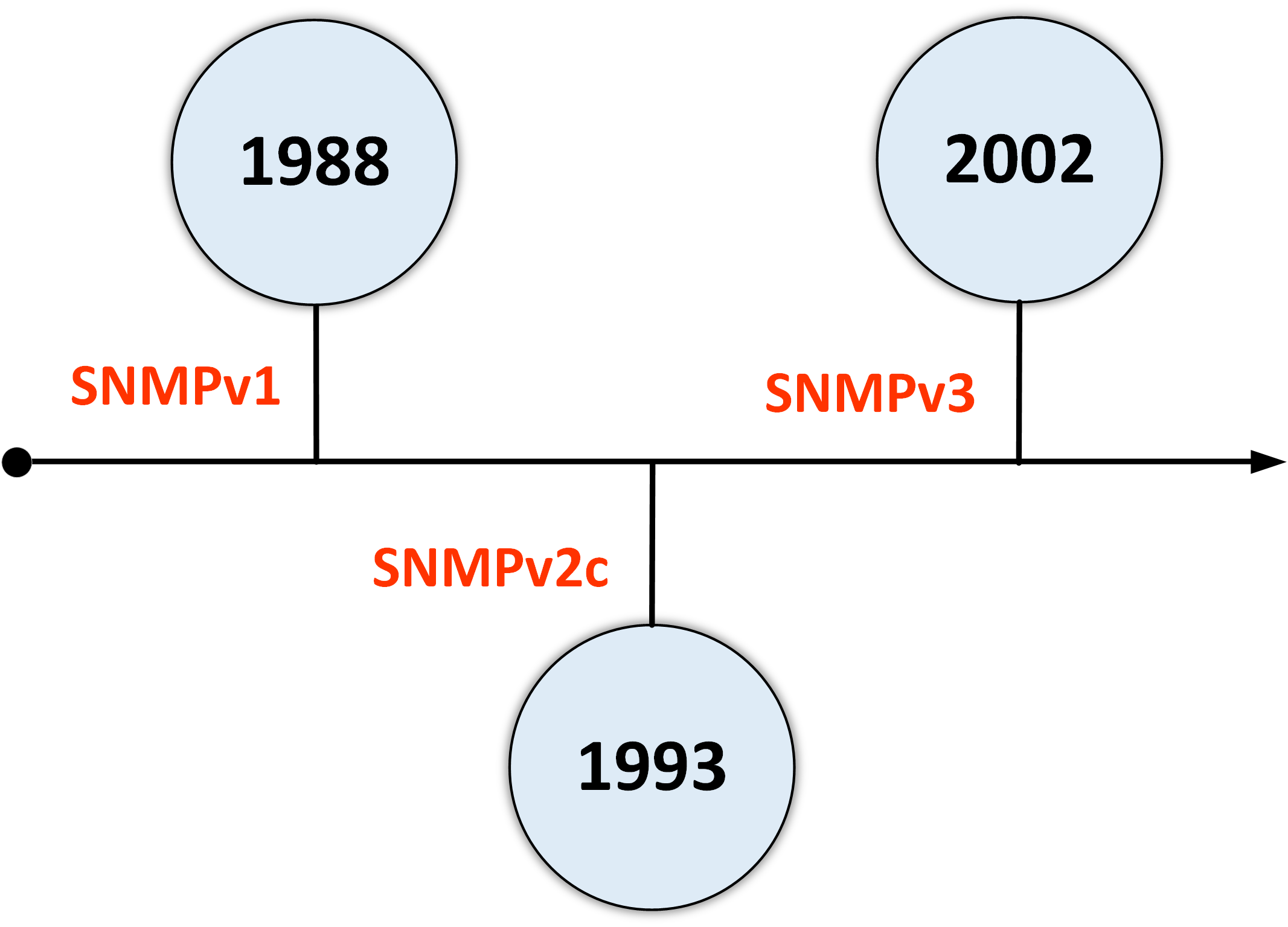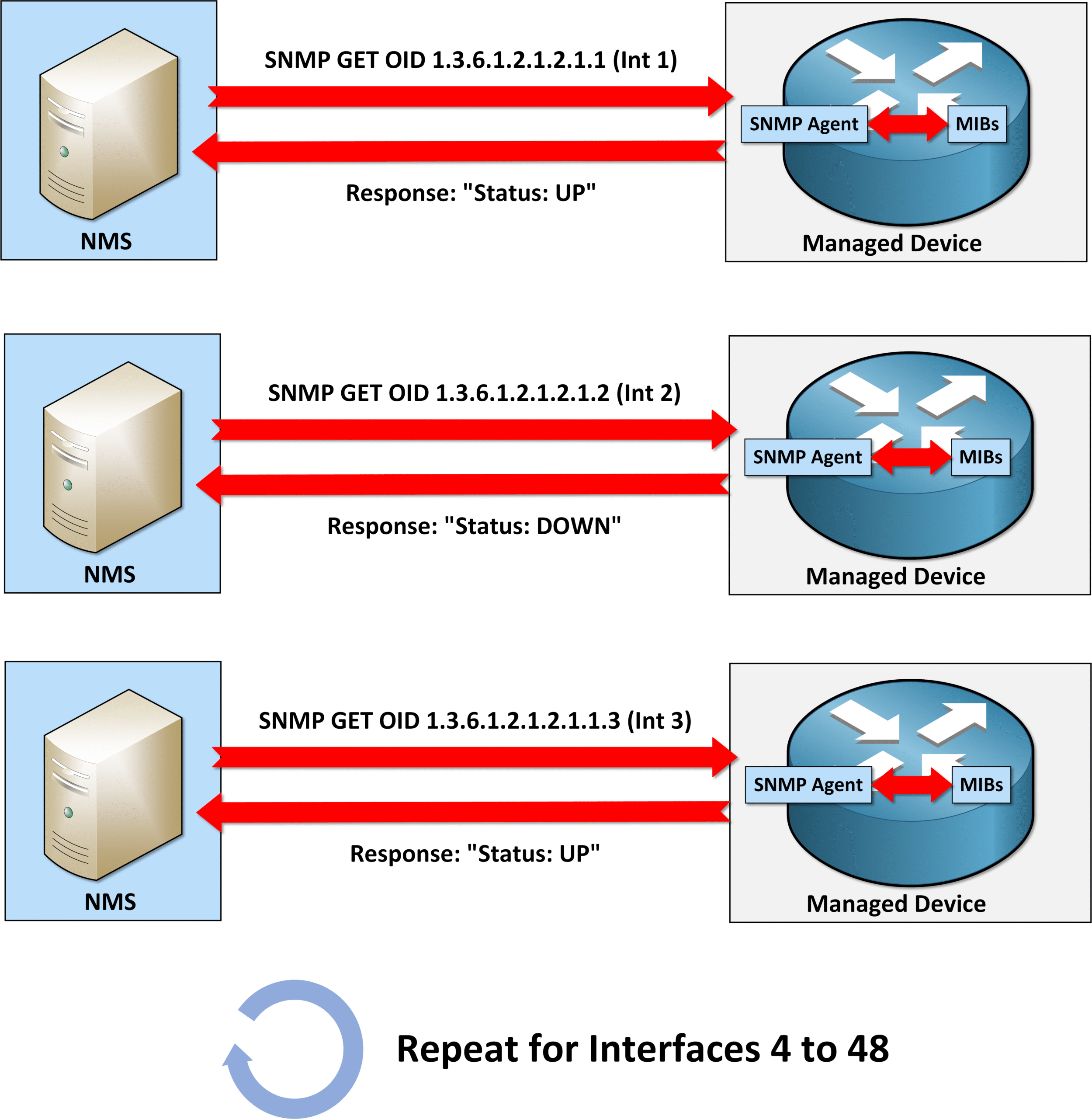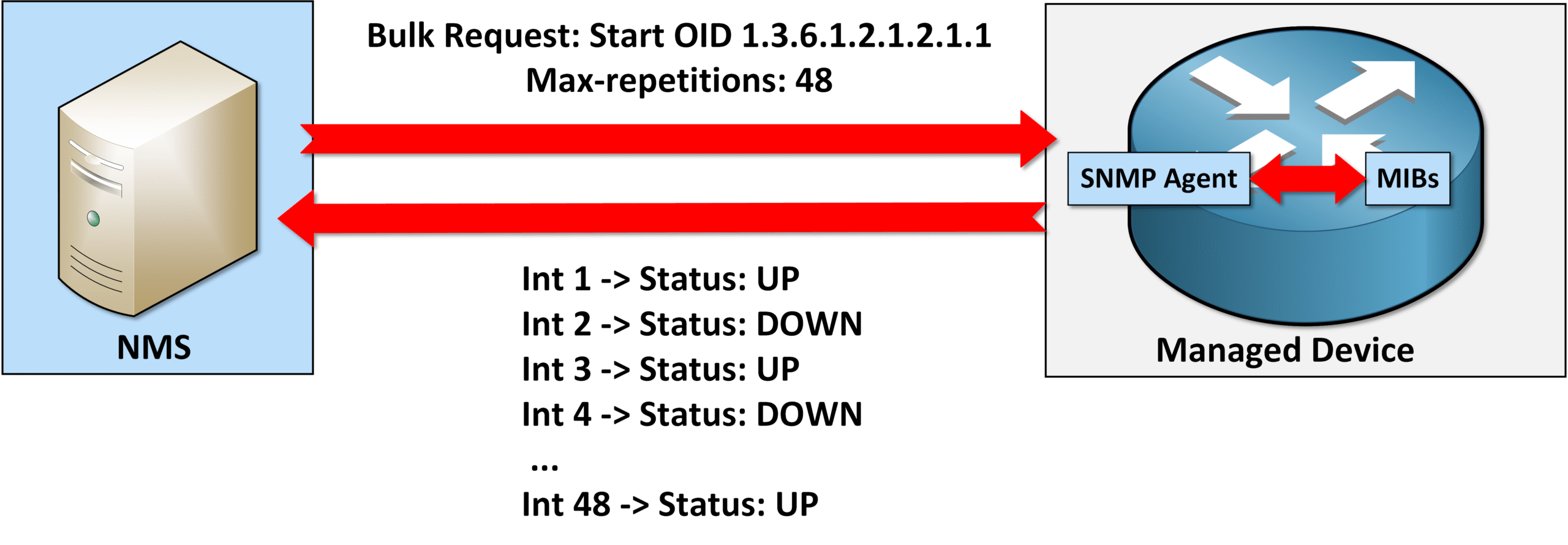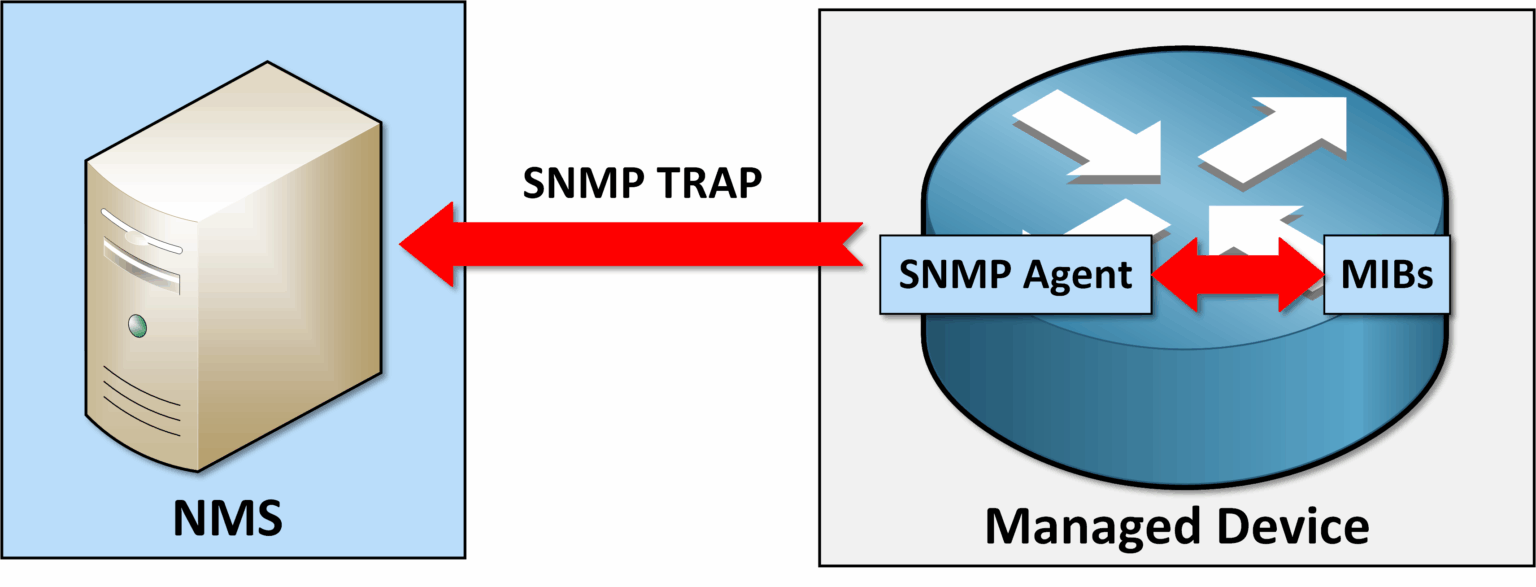SNMP version 2 (SNMPv2) was designed to overcome the limitations of SNMPv1, especially in large enterprise networks where performance and reliability are essential.
The most commonly used variant of SNMP version 2 is SNMPv2c, where "c" stands for community-based. It retains the simple security model of SNMPv1 while introducing several key improvements:
GetBulk: Retrieves large amounts of data with fewer requests.
Informs: Allows alerts to be acknowledged.
While SNMPv2c addressed many performance and functionality limitations of SNMPv1, it still lacks strong security features, which were later introduced in SNMPv3.
SNMP Versions Overview
Over the years, SNMP has evolved through multiple versions to meet increasing demands for speed, scalability, and secure communication:

Figure 1 – Timeline of SNMP Versions
SNMPv1 (1988): Basic monitoring, no security
SNMPv2c (1993): Performance improvements, but still no encryption
SNMPv3 (2002): Adds authentication and encryption for secure communication
Curious to see how SNMPv2 actually improves network monitoring? Let’s break it down.
Answer the question below
SNMP GetBulk
The GetBulk operation allows an SNMP manager to retrieve multiple pieces of data in a single request, unlike SNMPv1 where data must be polled one item at a time using GetNext.
This becomes especially useful when querying large MIB tables such as interface statuses, routing tables, or system counters.
Example: Retrieving Interface Status
Imagine a switch with 48 interfaces and you want to check the status of each one.
With SNMPv1 (GetNext):
You need to send 48 separate commands, one for each interface.
Each command retrieves only one interface status.
So you end up sending 48 requests and receiving 48 responses...

Figure 2 – SNMPv1 Interface Polling (GetNext Limitation)
What a waste of resources, right?
And you're absolutely right, SNMPv2c uses GetBulk to retrieve information much more efficiently.
With SNMPv2c (GetBulk):
You send a single command, specifying:
Where to start in the MIB table,
And how many rows to retrieve — in our case, 48.
The switch replies with all 48 interface statuses in one response.

Figure 3 – SNMPv2c GetBulk Efficiency
As you can see, SNMP version 2 brings operational efficiency improvements over SNMPv1.
How to remember SNMP GetBulk ?
Think about the name of the operation, GetBulk.
The word "bulk" in English means a large quantity or mass of something.That’s exactly what this operation does:
It retrieves a large amount of data
In one single request
Making SNMP much more efficient when dealing with big tables like interface lists.
Now let’s look at the other major improvement in SNMPv2c: SNMP Informs
SNMP Informs
In SNMPv2c, the Inform operation significantly improves how alerts are handled between a managed device and the SNMP manager.
Unlike SNMP Traps which are sent without expecting any response as you can see below :

Figure 4 – SNMP Traps
40 % Complete: you’re making great progress
Unlock the rest of this lesson
If you’d like to continue your CCNA journey, simply create your free account.
Access all CCNA lessons
Practice with hands-on labs
Train with Practice exams and Quizzes
Progress tracking in your dashboard
Made by network engineers - CCNP certified
learners globally
SNMPv2
SNMPv2 is an improved version of the Simple Network Management Protocol that introduced features like GetBulk and Informs to enhance efficiency and reliability in monitoring. In this lesson you will see how SNMPv2c is configured and its advantages in large networks.